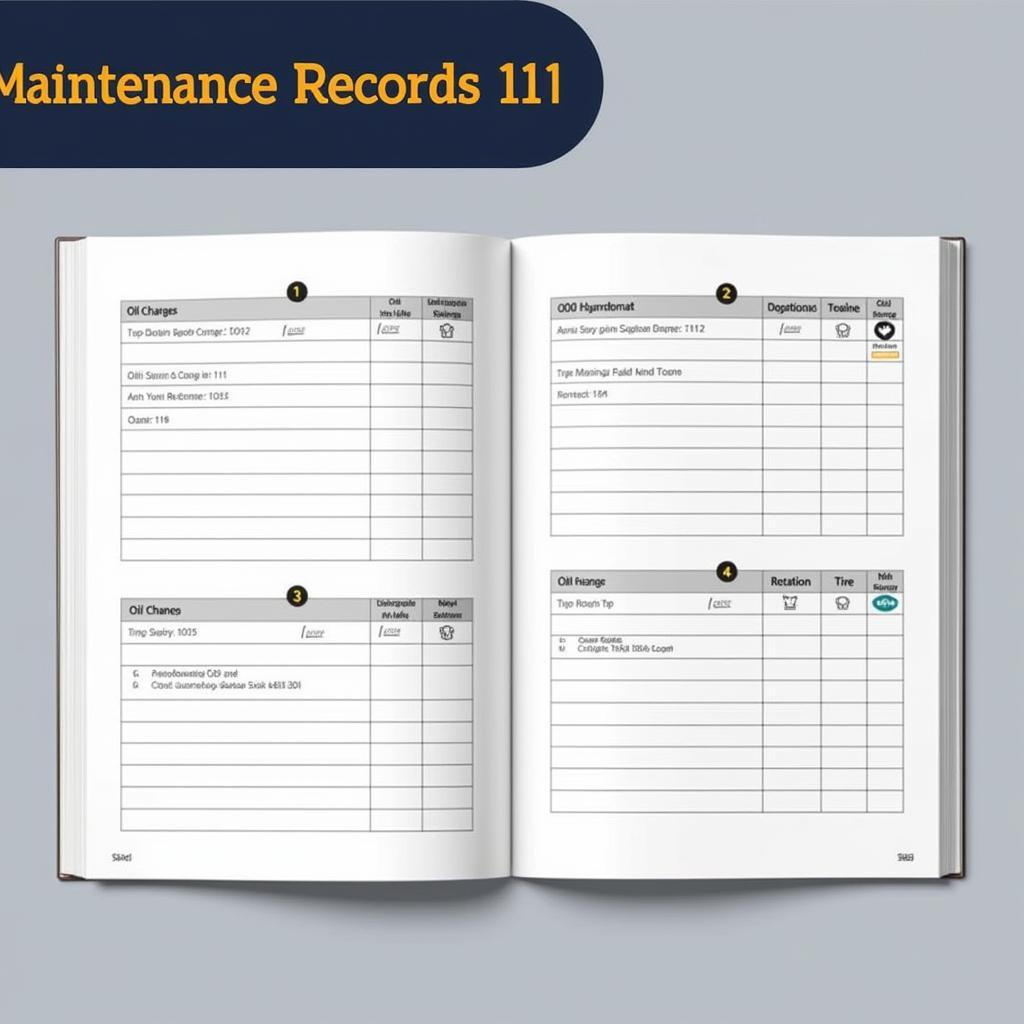Understanding the Maintenance Cost For Used Cars is crucial before making a purchase. Unexpected repair bills can quickly drain your budget and leave you stranded. This guide will equip you with the knowledge to estimate, manage, and even minimize those costs, ensuring a smoother ownership experience.
Factoring in Maintenance Costs When Buying a Used Car
When budgeting for a used car, the purchase price is just the tip of the iceberg. Ongoing maintenance costs can significantly impact your overall expenses. Factors such as the car’s age, mileage, make, model, and previous maintenance history all play a role. Neglecting these can lead to costly surprises down the road. Similar to average maintenance cost for used car, predicting potential expenses is key to a successful purchase.
The Importance of a Pre-Purchase Inspection
A pre-purchase inspection by a qualified mechanic is non-negotiable. This relatively small investment can save you thousands in the long run by identifying potential problems before you buy. The inspection should cover everything from the engine and transmission to the brakes, suspension, and electrical system. It can also reveal hidden damage from accidents or previous poor maintenance.
Decoding the Vehicle History Report
A vehicle history report, such as one from Carfax or AutoCheck, provides valuable insights into the car’s past. It can reveal accidents, title issues, and even service records. This information can help you assess the likelihood of future repairs and negotiate a fair price. This is especially important for cars with higher mileage or an unknown history. Don’t underestimate the power of information.
Common Maintenance Costs for Used Cars
Certain maintenance items are inevitable with any used car. These include regular oil changes, tire rotations, brake pad replacements, and fluid top-offs. The frequency and cost of these services will vary depending on the car’s make and model. Budgeting for these predictable expenses will help you avoid financial strain. Planning ahead is half the battle. Just like with used cars with lowest depreciation and maintenance costs, understanding typical maintenance needs can save you money in the long run.
Unexpected Repairs: Be Prepared
While routine maintenance is predictable, unexpected repairs are not. A worn-out alternator, a failing water pump, or a sudden transmission issue can quickly deplete your savings. Setting aside a contingency fund specifically for car repairs is a wise financial move.
DIY vs. Professional Repairs: Weighing Your Options
For those mechanically inclined, some repairs can be handled at home, saving on labor costs. However, complex repairs are best left to qualified professionals. Attempting repairs beyond your skill level can lead to further damage and higher costs in the long run. Know your limits and prioritize safety.
Minimizing Maintenance Costs: Proactive Strategies
Proactive maintenance is the key to minimizing long-term costs and extending the life of your used car. Following the manufacturer’s recommended maintenance schedule is essential. This includes regular oil changes, filter replacements, and other scheduled services.
The Long-Term Benefits of Regular Maintenance
Regular maintenance may seem like an added expense, but it’s an investment in the long-term health of your vehicle. Addressing small issues before they escalate can prevent major and costly repairs down the road. This proactive approach can save you money and keep your car running smoothly for years to come. Similar to 10 year maintenance cost for car brands, understanding long-term costs can inform your purchasing decisions.
 Regular Car Maintenance Schedule
Regular Car Maintenance Schedule
Choosing the Right Parts: Quality Matters
When repairs are necessary, choosing quality parts is crucial. While cheaper aftermarket parts may be tempting, they often don’t last as long as original equipment manufacturer (OEM) parts. Investing in quality parts upfront can save you money on repeat repairs in the future.
“Investing in preventative maintenance is like investing in your peace of mind,” says automotive expert, Robert Miller, ASE Certified Master Technician. “A little bit of proactive care can prevent major headaches down the road.”
Keeping Good Records: A Valuable Tool
Maintaining detailed records of all maintenance and repairs is essential. This documentation can help you track expenses, diagnose future problems, and even increase the resale value of your car. Organized records demonstrate responsible ownership and provide valuable information for potential buyers. Much like average repair and maintenance costs for different make of cars, understanding typical repair costs for various car makes can help you budget effectively.
 Car Maintenance Logbook
Car Maintenance Logbook
Conclusion
Understanding and managing the maintenance cost for used cars is a crucial aspect of responsible car ownership. By following the tips outlined in this guide, you can make informed decisions, minimize unexpected expenses, and enjoy a smoother, more reliable driving experience. Remember, proactive maintenance is an investment, not a cost. For further assistance or personalized advice regarding your specific car model, don’t hesitate to connect with us at AutoTipPro. Call us at +1 (641) 206-8880 or visit our office at 500 N St Mary’s St, San Antonio, TX 78205, United States. We’re here to help you navigate the complexities of car maintenance and ensure your vehicle stays in top condition. Just like information on how to recondition maintenance free car battery, getting expert advice can often save you time and money.





Leave a Reply